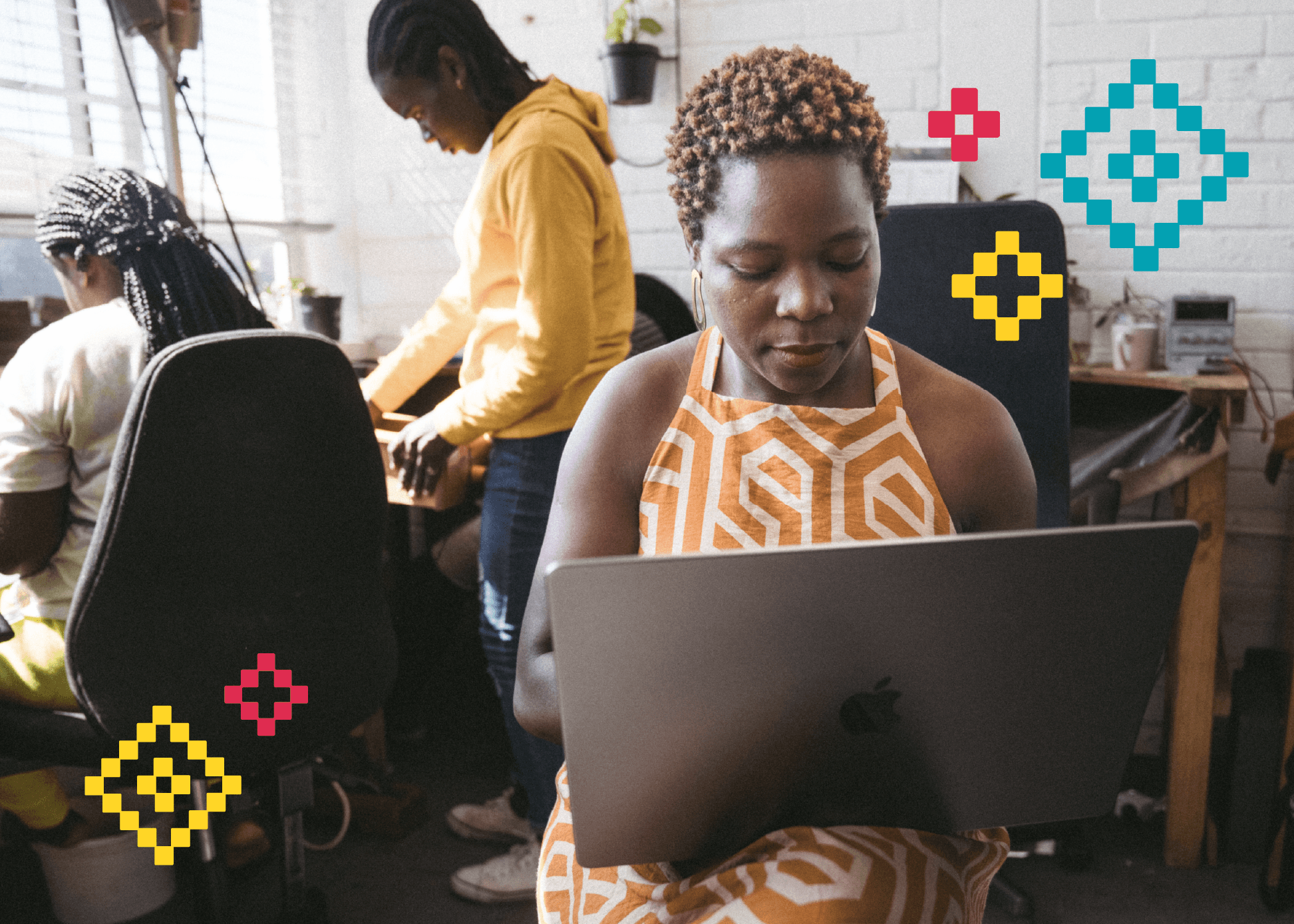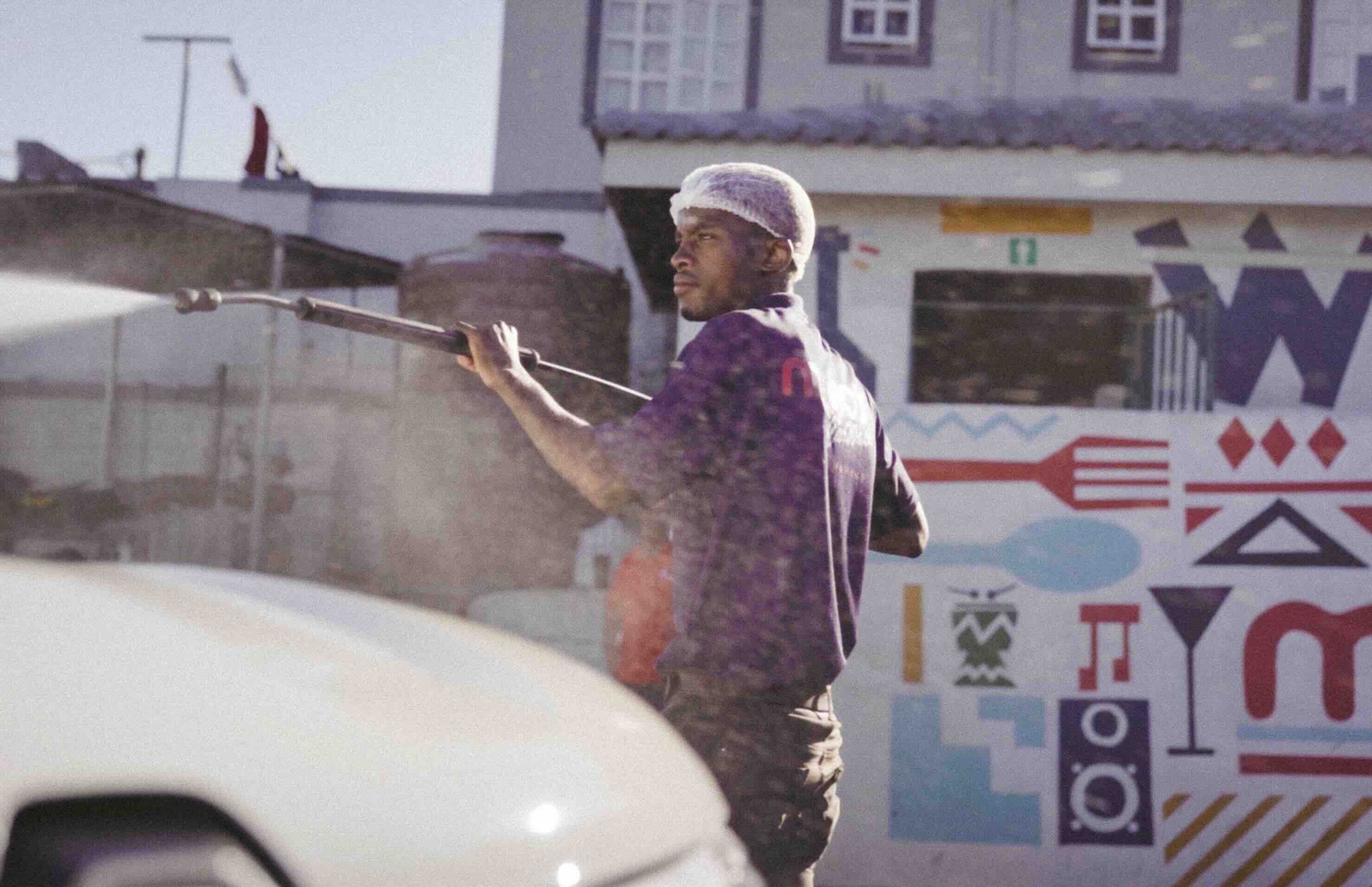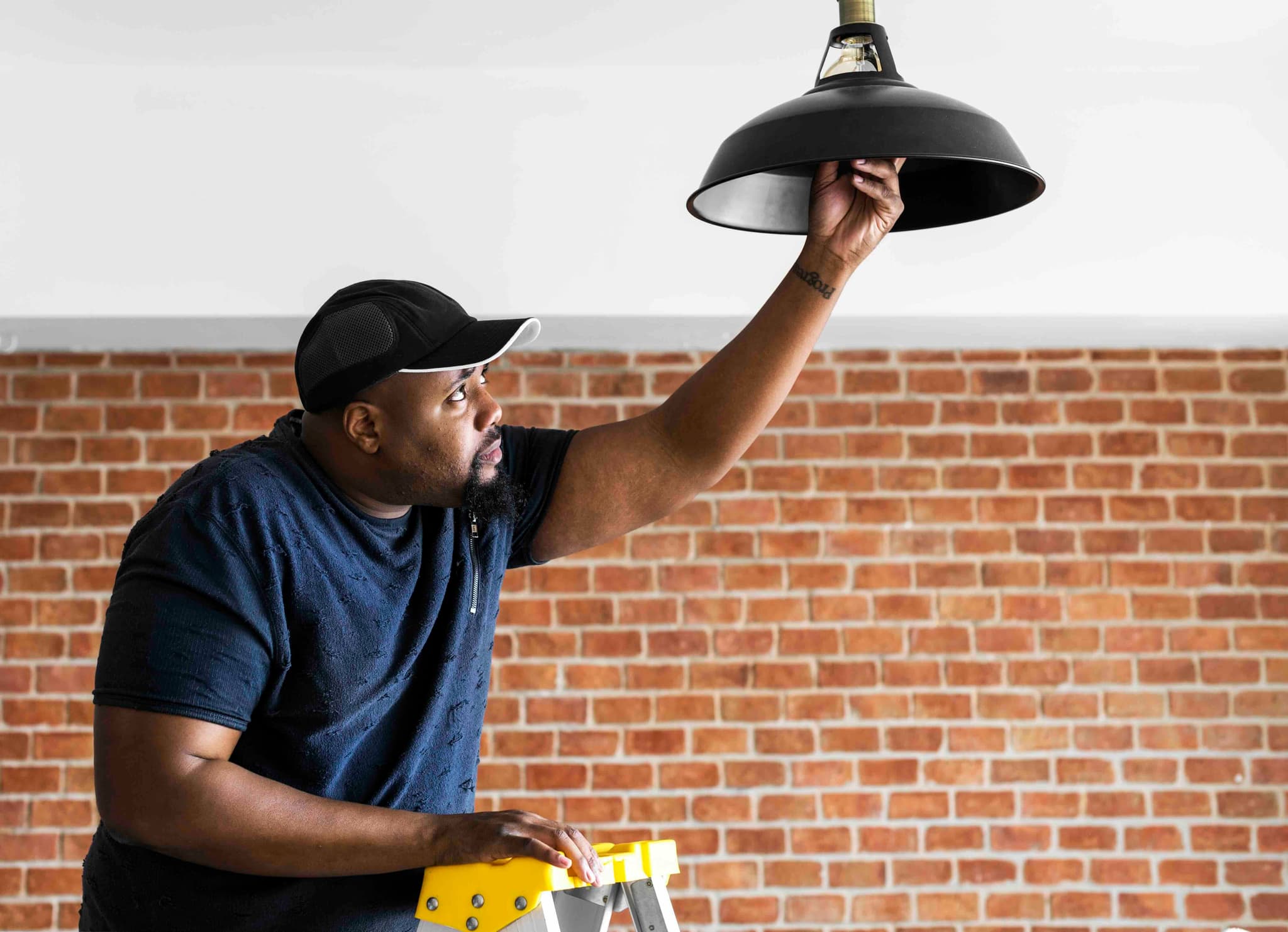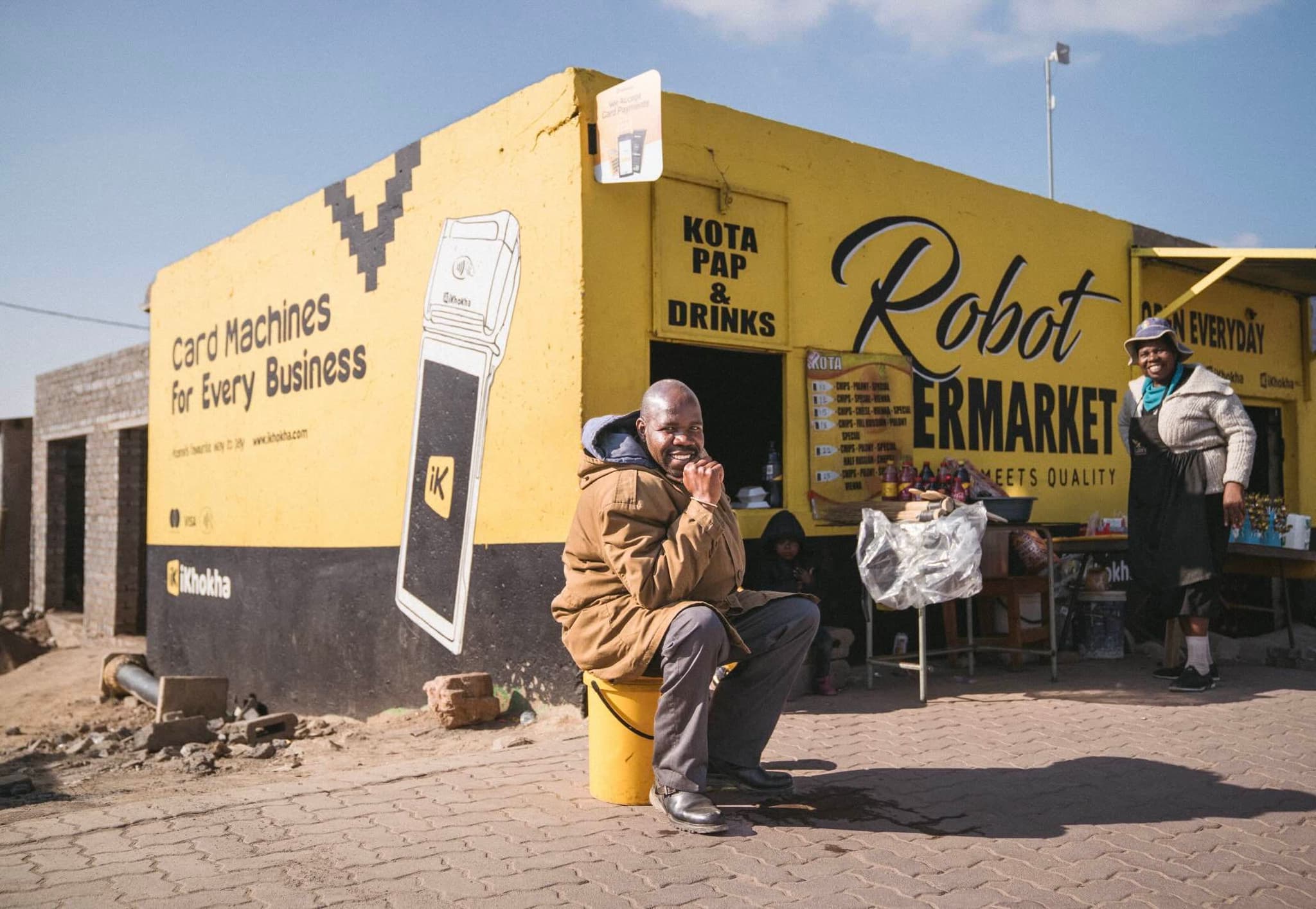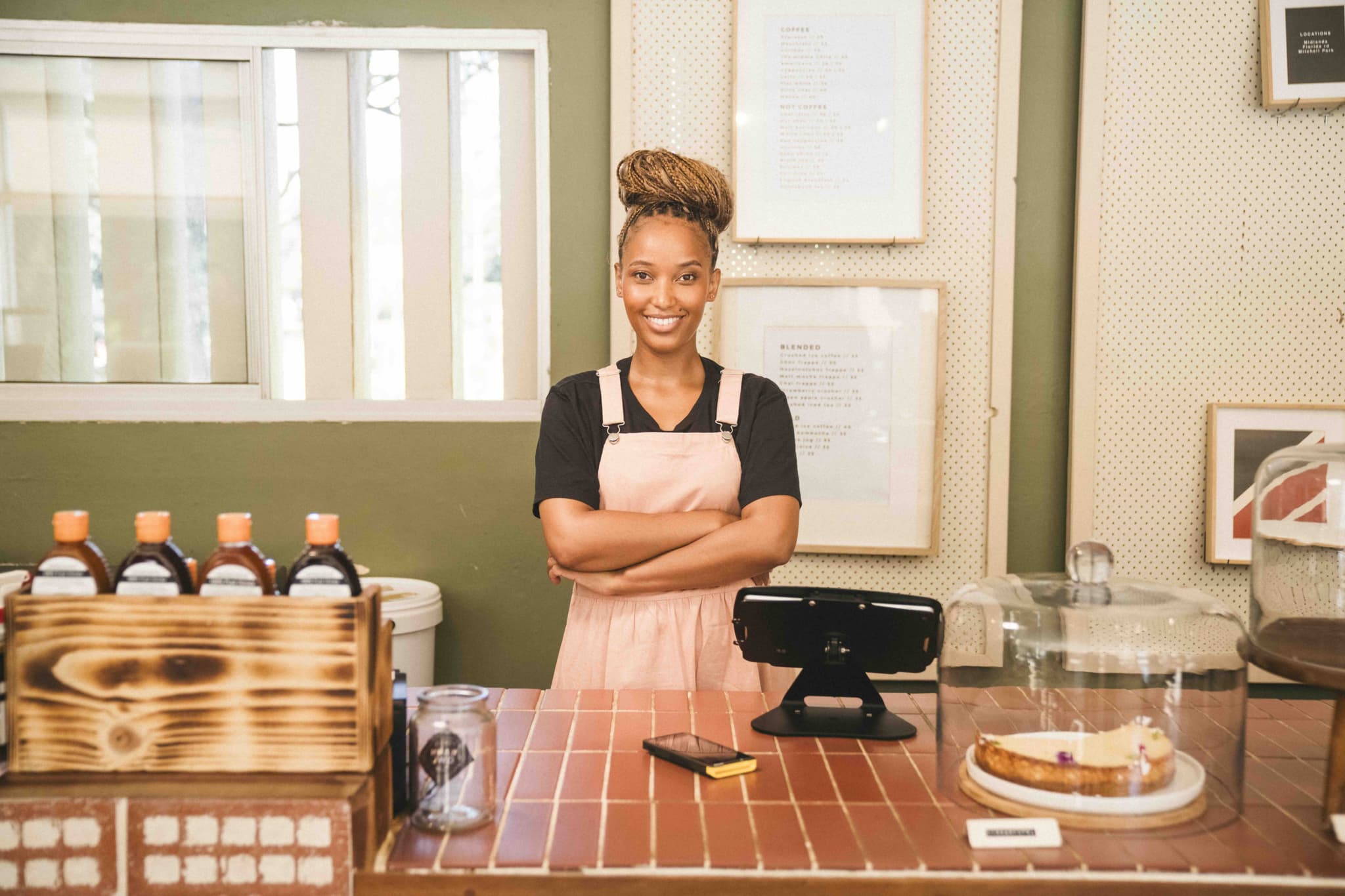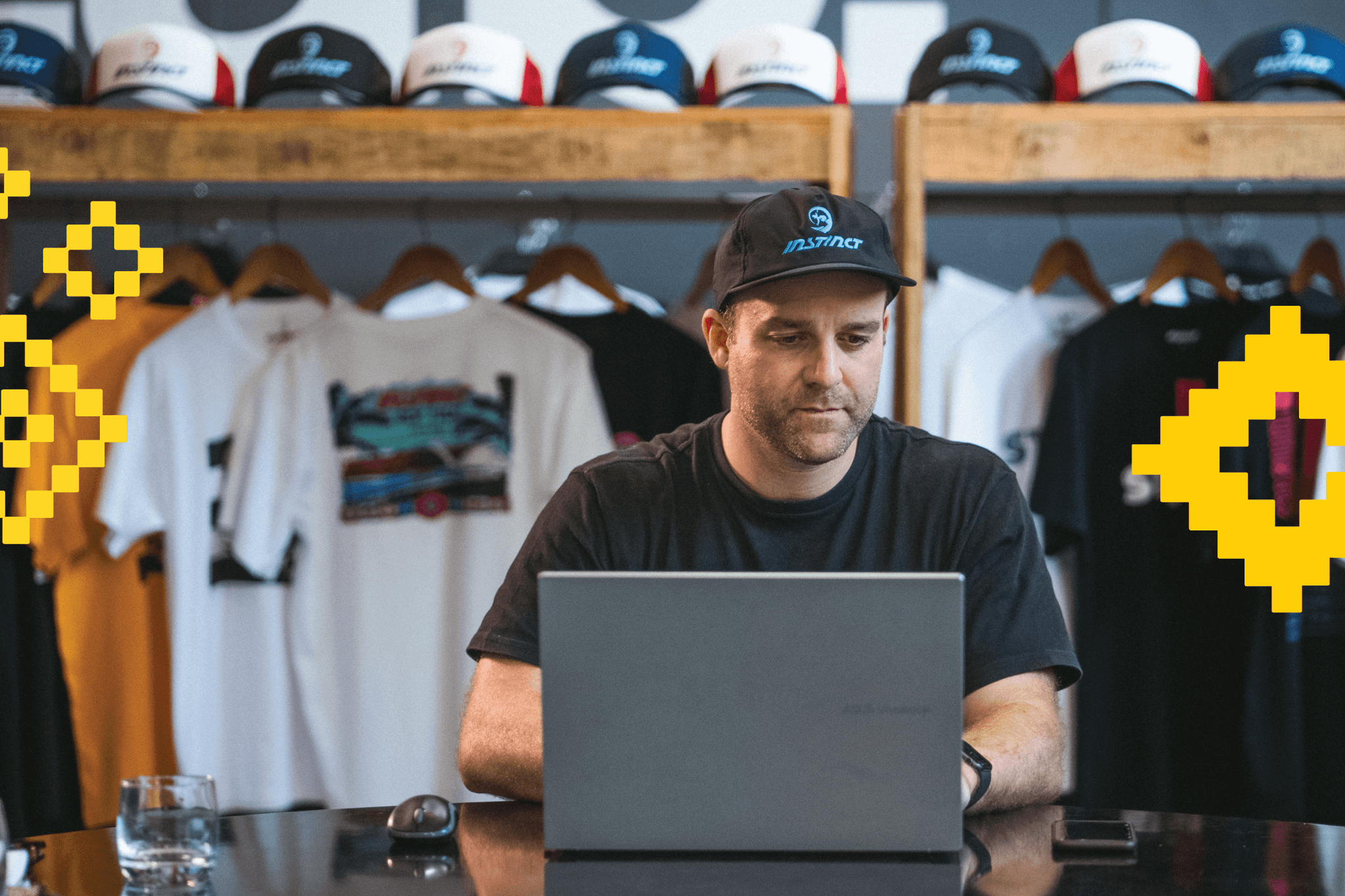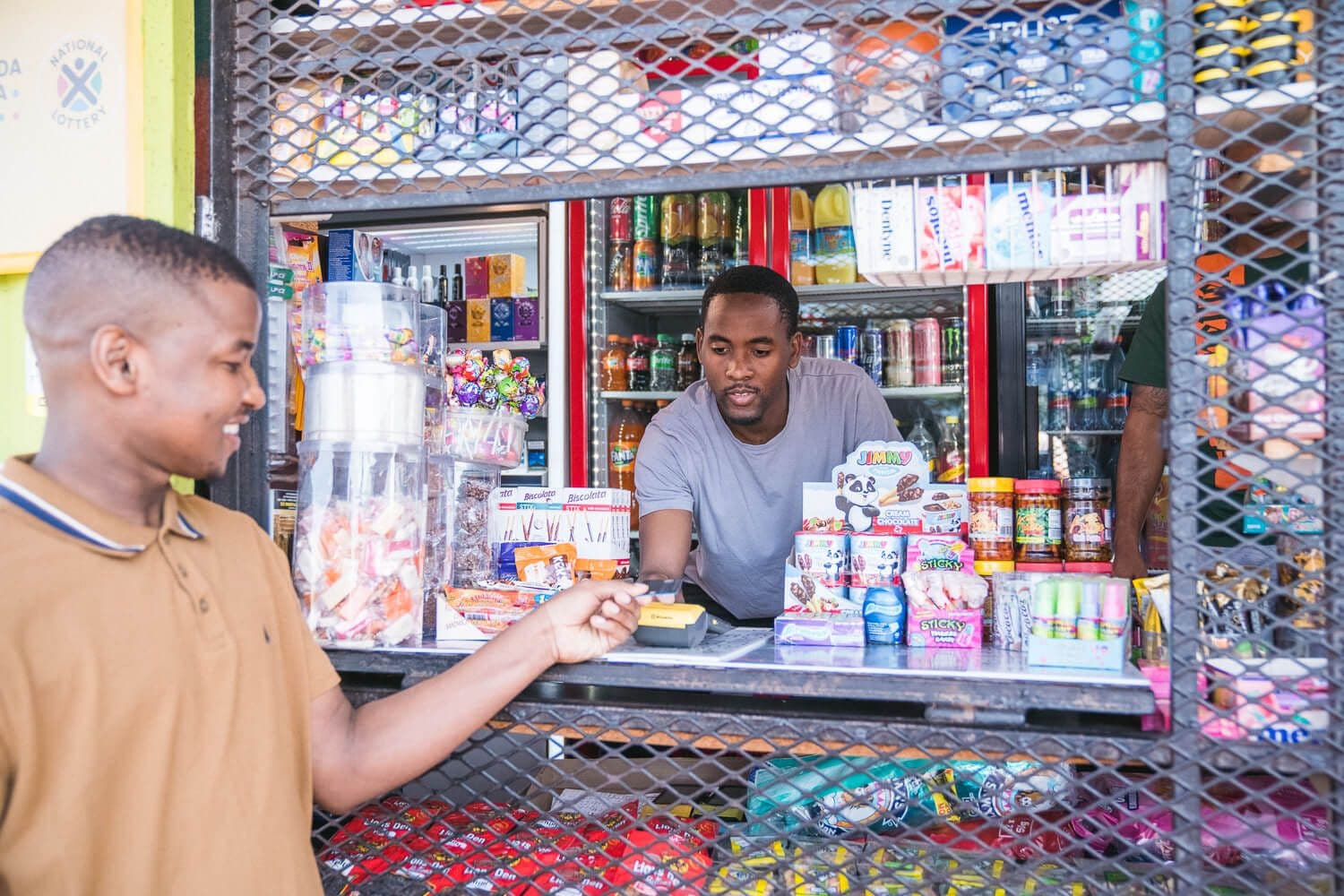
What is E-Business? A Guide to Thriving in South Africa’s Digital Marketplace
Learn how South African entrepreneurs are using e-business tools to save time, grow faster, and reach more customers, without breaking the bank.
Table of Contents
- Introduction
- So, what is e-business?
- What does e-business look like day-to-day?
- Four ways South Africans are already doing e-business (without realising)
- 1. Business to Business (B2B)
- 2. Business to Consumer (B2C)
- 3. Consumer to Business (C2B)
- 4. Consumer to Consumer (C2C)
- Why going digital makes business sense in SA
- Common e-business challenges and how to handle them
- How to get started with e-business one step at a time
- Step 1: Look at your business honestly
- Step 2: Choose one thing to improve
- Step 3: Pick a tool that fits
- Step 4: Let people know
- Step 5: Learn and adjust
- You’re probably already doing it
Running a business in South Africa isn’t for the faint-hearted. Between managing suppliers, keeping customers happy, dealing with slow networks, and making sure you actually get paid, you’ve got enough on your plate. Now throw in digital tools, online sales, and everyone telling you to “go digital,” and it can feel like just another thing to worry about.
But here’s the thing, you might already be doing more online than you realise. And that’s where e-business comes in.
This guide will walk you through what e-business actually is (without the buzzwords), how it fits into your existing hustle, and why it’s not just for tech bros or big companies. It's for you, the entrepreneur figuring it out, one smart move at a time.
So, what is e-business?
E-business, short for electronic business, simply means using the internet and digital tools to run parts of your business. That could be how you accept payments, where you sell, how you promote your products, or how you stay in touch with your customers. It’s not limited to running an online store or building a fancy app. It’s about using whatever digital systems make your life easier.
For example, if you’ve ever shared your price list on WhatsApp, used a payment link instead of cash, or sold something through Facebook, congratulations, you’ve already dipped your toe into e-business.
Unlike ecommerce, which is purely about selling products or services online, e-business covers more of the full picture. It includes things like managing your stock, communicating with clients, handling admin, and tracking your sales, all using technology.
You don’t have to be online 24/7 or throw out everything you’ve built so far. E-business isn’t a new business model. It’s a smarter way of doing what you’re already doing, just with more control and fewer headaches.
What does e-business look like day-to-day?
E-business isn’t one thing, and it doesn’t have to be all or nothing. For many South African business owners, it’s about finding small ways to work more efficiently by going digital where it makes sense.
Let’s say you’re a mobile hairdresser. Instead of dealing with handwritten bookings or missed calls, you take appointments via WhatsApp and send a payment link once the job’s done. You might also use Instagram to show off your work and attract new clients. That’s e-business.
Or maybe you run a small food business. You accept orders through DMs, collect payments using a card machine or app, and manage deliveries using a local courier service. Again, e-business.
The goal isn’t to be fancy. It’s to make things run smoother, save you time, and help you focus on actually growing your business, not just keeping it afloat. You choose which parts of your business go digital, and you build from there.
Four ways South Africans are already doing e-business (without realising)
There’s no one-size-fits-all way to go digital. Depending on your business model, there are a few different approaches you might already be using, even if you didn’t know they had a name.
1. Business to Business (B2B)
This is when you sell or provide services to other businesses. For example, maybe you’re a supplier who delivers cleaning products to restaurants and salons. If you use email to send invoices or WhatsApp to confirm repeat orders, that’s e-business in action.
2. Business to Consumer (B2C)
This is the most common setup. You sell directly to individuals, maybe through your shop, social media, or an online store. If you take payments by card or accept orders online, you’re already part of the B2C e-business world.
3. Consumer to Business (C2B)
A bit less common, but still relevant, this is when individuals provide services to businesses. Think photographers, freelancers, or influencers who work with local brands and get paid digitally. If you invoice a company or promote their product in exchange for cash or free stuff, that’s a form of e-business too.
4. Consumer to Consumer (C2C)
If you’ve ever sold secondhand items or handmade goods to someone through Gumtree, Facebook Marketplace, or even in a community WhatsApp group, that’s C2C. You’re using digital platforms to connect and transact, which fits right into the e-business space.
Why going digital makes business sense in SA
We all know South Africa isn’t the easiest place to run a business. Load shedding, data costs, unreliable suppliers, the list goes on. That’s why using digital tools to streamline just one or two parts of your operation can have a real impact.
For starters, going digital saves time. Instead of writing out invoices by hand or chasing payments on the phone, you can send a link and get notified when it’s paid. That’s admin off your plate.
Then there’s the cost saving. Running your business online, even partially, can help cut overheads. You might not need to rent a shopfront or pay for extra staff if you can manage things with the right systems in place.
It also gives you a much wider reach. Instead of relying on walk-ins or people in your area, you can promote your products or services to anyone with a smartphone, and that’s a lot of people in SA.
Most importantly, it gives you more flexibility. You can work from anywhere, serve customers on your own terms, and grow your business at your own pace. Whether you’re side hustling on the weekend or building something full-time, digital tools help you make it work.
Common e-business challenges and how to handle them
Let’s be honest, going digital sounds great in theory, but the reality can feel overwhelming. Maybe you’re worried about setting things up wrong, struggling with data costs, or just unsure if your customers are even online.
These concerns are valid. But they’re also normal, and they’re all fixable.
Not tech-savvy? Start small. Choose one tool that solves one problem. For example, if you’re tired of chasing payments, try using payment links. Once that’s running smoothly, move on to the next thing.
Concerned about security? Use platforms with a good reputation and keep your communication clear. Let your customers know how you handle their data and money. Trust builds quickly when people feel safe and informed.
Logistics stressing you out? Look for local courier options or collection-only setups while you figure out what works. You don’t need a nationwide delivery system to start.
Think your audience isn’t online? Many South Africans use Facebook, WhatsApp, and TikTok every day. Your audience might already be there, they just haven’t found you yet.
Every business has teething issues. E-business is no different. But once you figure out the basics, you’ll wonder why you didn’t try it sooner.
How to get started with e-business one step at a time
Here’s the part where most blogs throw a checklist at you. But this one’s different. You don’t need a perfect plan, just a starting point.
Step 1: Look at your business honestly
What’s taking too long? What’s costing you money? What’s the one thing you dread doing every week? That’s probably where digital tools can help.
Step 2: Choose one thing to improve
You might start with payments, customer messages, or marketing. Don’t try to change everything at once.
Step 3: Pick a tool that fits
This could be as simple as setting up a Facebook page, trying out a mobile point-of-sale app, or creating a product catalogue you can share on WhatsApp.
Step 4: Let people know
Share the change with your customers. It could be something like, “Hey, you can now pay by card,” or “Check out our latest products in our online album.”
Step 5: Learn and adjust
Expect a few bumps, and don’t be discouraged. As you get more comfortable, you can expand your digital setup over time.
The point isn’t to be perfect. The point is to start.
You’re probably already doing it
If you’ve made it this far, here’s the truth: you’re probably already running part of your business online. You just might not call it “e-business.” And that’s okay.
There’s no need to label it. No need to stress about having the fanciest tools. What matters is that you’re building something that works for you, and that includes using what’s already in your pocket: your phone, your networks, your grit.
As the world shifts more and more online, having even one or two digital systems in place helps future-proof your business. You don’t need to be everywhere. You just need to show up where your customers are.
So whether you're sending payment links, sharing products on social, or just exploring what’s possible, you're already on the path.
And if you're ever ready to take the next step? You’ve got options. Just make sure it works for your business, your pace, and your goals.







